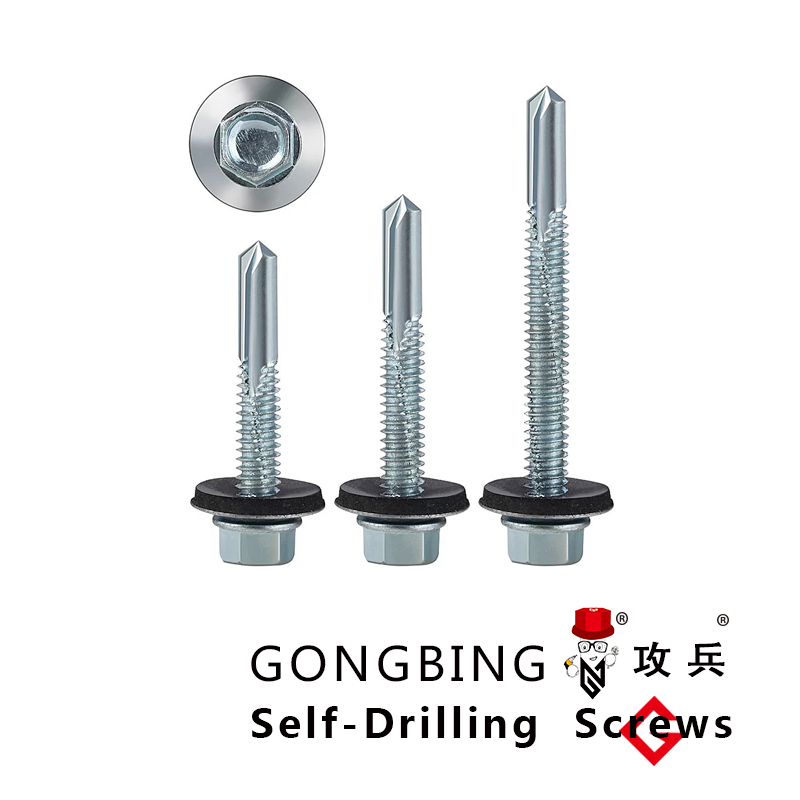double ended stud with flange
Understanding Double-Ended Studs with Flange A Comprehensive Guide
In the vast world of mechanical fasteners, double-ended studs with flange play a critical role in various applications. These components, often overlooked, are essential in providing secure connections in machinery, construction, and automotive industries. This article delves into the features, applications, advantages, and considerations associated with double-ended studs with flange.
What are Double-Ended Studs with Flange?
Double-ended studs are fasteners that have threaded ends on both sides, allowing them to be inserted into a component and securely fastened with nuts on either end. The addition of a flange—a flat, protruding rim—provides an extra layer of functionality, acting as a support or load-bearing element. This design helps distribute the load evenly, minimizing stress concentrations that can lead to failure.
Features
The primary features of double-ended studs with flange include
1. Material Variance They are available in various materials such as stainless steel, carbon steel, and even specialized alloys, depending on the required strength and environmental resistance. 2. Thread Specifications The studs come with various thread specifications, including metric and imperial, allowing compatibility with different mechanical systems.
3. Flange Design Flanges can vary in size and thickness, offering flexibility based on the load-bearing requirements of the specific application.
Applications
Double-ended studs with flange are utilized in a multitude of applications
- Automotive Industry These studs are commonly used in vehicles to connect engine components, suspension systems, and chassis assemblies.
- Construction In construction, they are often employed to anchor structures, connecting beams and columns securely.
- Machinery In industrial machinery, double-ended studs facilitate the assembly of various components, ensuring reliability and durability under operational stresses.
double ended stud with flange

- Aerospace Their lightweight yet strong characteristics make them suitable for use in aircraft where weight reduction is crucial
.Advantages
The use of double-ended studs with flange comes with several advantages
1. Secure Connections The dual thread design allows for robust fastening, which is critical in applications that experience vibrations or dynamic loads.
2. Load Distribution The flange helps distribute the load over a wider area, reducing the risk of deformation or failure in the materials being joined.
3. Ease of Installation The design allows for easier alignment and installation, saving time and reducing the complexity of assembly.
4. Versatility With variations in size, material, and thread design, these studs can be customized to meet specific application needs.
Considerations
When selecting double-ended studs with flange, one must consider several factors
- Load Requirements Understand the specific load and stress conditions to choose the right size and material.
- Corrosion Resistance Depending on the environment, choosing a material that can withstand corrosion is vital, particularly in marine or industrial settings.
- Compatibility Ensure that the stud’s dimensions and thread specifications match the components it will connect to.
In conclusion, double-ended studs with flange are indispensable fasteners in many industries. Their robust design, combined with their ability to distribute loads efficiently, enhances the safety and integrity of mechanical assemblies. As industries continue to evolve, the importance of reliable fastening solutions like double-ended studs with flange will undoubtedly grow, making them a focal point for engineers and manufacturers alike.
-
Weatherproof Plastic Expansion Anchors for Outdoorਖ਼ਬਰਾਂJun.06,2025
-
Sustainability in the Supply Chain: Eco-Friendly TEK Screws Productionਖ਼ਬਰਾਂJun.06,2025
-
Load-Bearing Capacity of External Insulation Fixingsਖ਼ਬਰਾਂJun.06,2025
-
Double Head Bolts: Enhancing Efficiency in Industrial Machineryਖ਼ਬਰਾਂJun.06,2025
-
Corrosion Resistance in Chipboard Screws: Coatings for Wholesale Durabilityਖ਼ਬਰਾਂJun.06,2025
-
Butterfly Toggle Bolts : Enhancing Structural Resilienceਖ਼ਬਰਾਂJun.06,2025
